More and more lately, I keep coming back to these Classic Rock and these retro radio stations playing “80s and More,” and how they are limiting themselves to the same songs by the same artists that every other station like them always plays. They always tout variety, and yet, the song(s) remain the same. And, not in a great Led Zeppelin way either. And in turn, I’ve been thinking about songs they are not playing, and SHOULD BE playing already. Damn.

Is it really more, or just the same?
Somewhere in the space and time of radio, some “professional” programmer or programming “team” for a collective of similar radio stations thought that it would be brilliant to play the same select group of artists within a six-hour span, maybe even longer.
Using an “80s and more” station out of Boston as an example, on Tuesday, December 10th, the same artists are repeated a number of times in just a short six-hour span. Aerosmith was played three times (understandable since they’re from Boston, but still, is hearing Aerosmith on the same radio station once every two hours necessary?), two Elton John songs were played in an hour, and multiple (male) artists were played twice: Men At Work, The Police, Queen, Billy Joel, Journey, Michael Jackson, Foreigner, Hall & Oates, and fucking Bon Jovi, the band who killed New Wave back in 1986 when “You Give Love A Bad Name” hit No. 1 on the BILLBOARD Hot 100 (I half joke about that, but it’s true.).
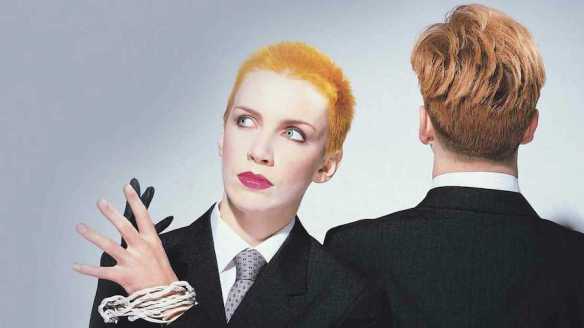
During that same six-hour span, women were represented just nine times, and though all are awesome, the songs are by the same handful of female (or female-driven) artists they always play in heavy rotation: Scandal, Eurythmics, Joan Jett & The Blackhearts, Pat Benatar, Heart, The Bangles, and three of the same 70s Fleetwood Mac songs everyone plays (did they forget about all of their sweet work in the 80s? Or “Tusk” from 1979? Now THAT would kick ass, and would be branching out!).
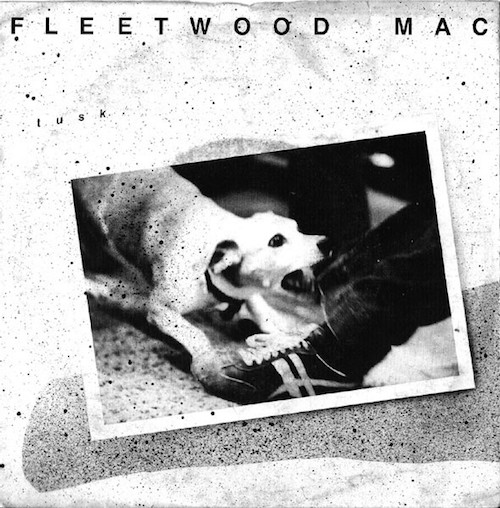
Radio programmers! Play this song already, dammit!
While Michael Jackson was played a couple times, I didn’t see any other Soul or R&B artists from the 80s OR MORE OR ANY played at all. No Aretha? No Donna Summer (from Boston)? No Blondie? No Sheila E.?

Sheila E. performing live, 1978.
Sheila E. turns 62 today (December 12), and by the time she branched out on her own in 1983, she had already worked with music R&B and Pop royalty, including the likes of Lionel Richie, Marvin Gaye, Herbie Hancock, Diana Ross, and she was even a member of The George Duke Band for a few years.
In 1978, the year Prince released his debut album, FOR YOU, he also met Sheila E. (full name Sheila Escovedo) at a concert where she was performing with her father, percussionist Pete Escovedo. Six years later, 1984 would prove to be a huge year for both of them.
They teamed up during the PURPLE RAIN recording sessions and sang together on the B-side of “Let’s Go Crazy,” the highly memorable (not to mention one of the best B-sides ever), “Erotic City.”
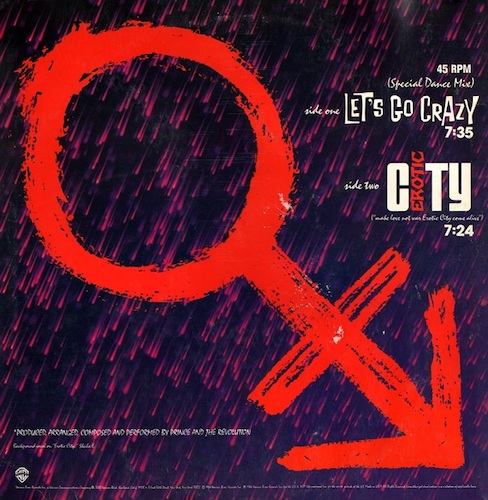
One of THE BEST (and certainly naughtiest) B-sides EVER.
Working with Prince gave Sheila E. a huge boost to her own career, and just a couple of weeks before the release of PURPLE RAIN, she released her own debut album, THE GLAMOROUS LIFE, which would eventually be certified Gold. Prince co-produced the album with Sheila E., and wrote the album’s title track, a huge Top 10 hit around the globe. She also opened for Prince on his PURPLE RAIN tour (THAT would have been a concert to see!).
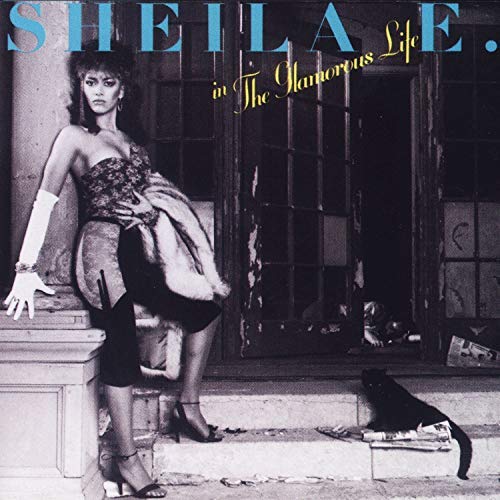
In late August 1985, Sheila E. released her second album, ROMANCE 1600, again co-produced with Prince (and on Prince’s Warner Bros. imprint, Paisley Park). By late January 1986, ROMANCE 1600 became another Gold-certified album here in America for Sheila E.
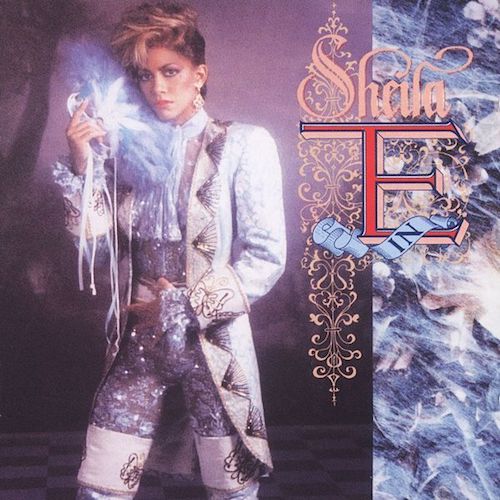
Fast forward to November 1985, and the funky first single from the album, “A Love Bizarre,” co-written by Prince and Sheila E., and featuring Prince on guitar, bass guitar and backing vocals, was released. A month earlier, the song was featured in the film, KRUSH GROOVE, starring Sheila E., Run-D.M.C., Beastie Boys, LL Cool J, Kurtis Blow, The Fat Boys, New Edition, Rick Rubin and Blair Underwood (who you would later see in TV shows like L.A. LAW and SEX AND THE CITY, and many other films in his long acting career).
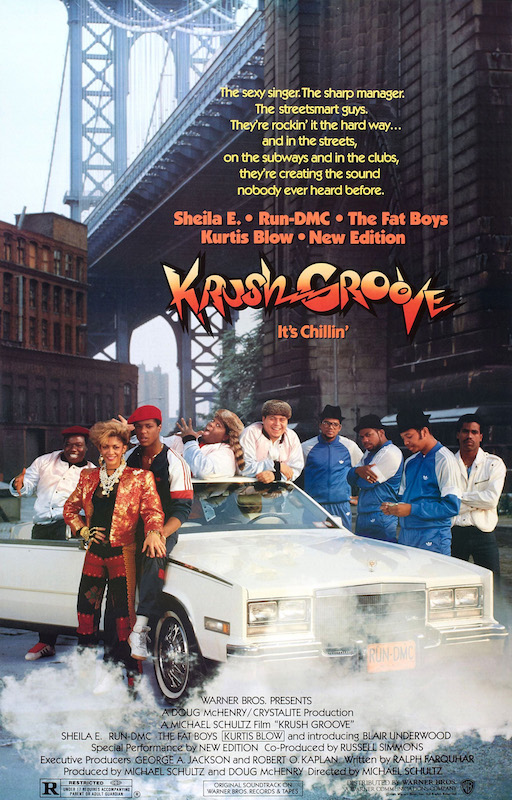
Most of the music video for “A Love Bizarre” was taken from the film, and the 3:46 single version was whittled down from the album’s epic 12-minute version.
“A Love Bizarre” debuted on the BILLBOARD Hot 100 in mid-November 1985 at No. 84. After a slow start, “A Love Bizarre” reached the Top 40 in the last week of 1985, and after a steady 16-week climb up the Hot 100, it spent a week at No. 11 in early March 1986. After 23 weeks, “A Love Bizarre” fell off the chart in mid-April 1986. It was one of the biggest hits of 1986 here in America.

Around the globe, “A Love Bizarre” found some not-so-bizarre love from Germany and The Netherlands, reaching the Top 10. It also hit No. 14 in Austria, No. 16 in Switzerland, No. 20 in Canada, and charted in the U.K. as well. It spent two weeks at No. 1 on BILLBOARD’s Dance chart, and was her biggest hit on BILLBOARD’s R&B chart, reaching No. 2.
NERDY FUN FACT: In 1987, the late New Age / World singer and guitarist, Michael Hedges, released his much-heralded live album, LIVE ON THE DOUBLE PLANET, and on that album was a spirited acoustic cover of “A Love Bizarre,” performed live in the Spring of 1987 at the University of Maine at Orono, just about 90 minutes north of where I’m typing this. At the beginning of the song he sings, “A, B… A, B, C, D… Sheila E!” It was a frequent covers favorite played during the 20-year-plus run of my 80s radio show, STUCK IN THE 80s, and remains as one of my all-time favorite cover songs.

Though Sheila E. never had another big hit, it doesn’t mean she hasn’t been busy. She appeared in four total movies, toured with Prince on his SIGN “O” THE TIMES and LOVESEXY tours (when she was briefly engaged to Prince during this time), has released eight albums between 1984 and 2017, performed as a member of the “All-Starrs” for three tours as part of Ringo Starr & His All-Starr Band, played percussion on Phil Collins’ cover of Cyndi Lauper’s “True Colors,” and a few years later, played percussion on the Maurice Williams classic, “Stay,” for Cyndi’s brilliant 2003 album of standards, AT LAST. She has also provided percussion and/or drums for many motion pictures, including MAN OF STEEL and BATMAN V SUPERMAN.
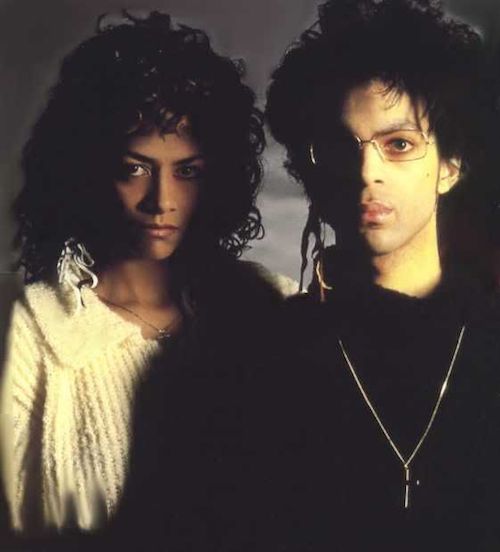
Sheila E. and Prince, late 80s.
Sheila E. and Prince occasionally got together to perform over the years, and in 2016, following his sad death in April of that year, she released a new song in honor of Prince, called “Girl Meets Boy.”

A 2016 tribute song for Prince.
I still love hearing “The Glamorous Life” on the radio 35 years later, though it’s not played as much as it should be. But, it’s certainly played more than “A Love Bizarre,” which to this day is highly-regarded as Sheila E.’s signature tune, and yet I NEVER hear it on the radio.
For those “professional” 80s and retro programmers out there, what in THE H-E-double hockey sticks are you doing?! What are you waiting for? I love that Barry Scott’s long-running program, THE LOST 45s, brings some of these big hits, most of which sadly remain lost and forgotten, back to the radio with his wonderful show, but until I can finally get that programmer job I’ve always wanted, radio programmers need to please please please show Sheila E. some birthday love and highly regard “A Love Bizarre.” Not only does it kick much ass, but NOT showing this song any love IS truly bizarre.

Happy Birthday, Sheila E.!
https://www.youtube.com/watch?v=56gpwl6cohc



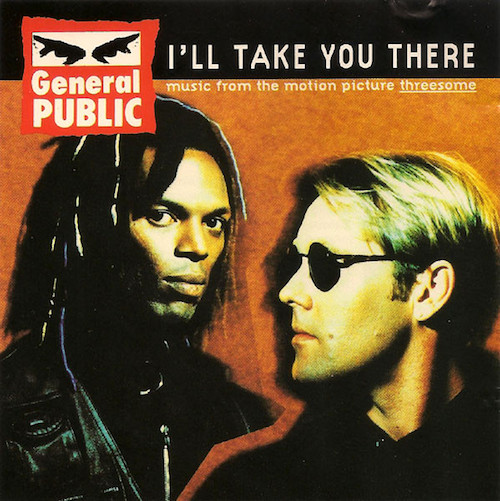


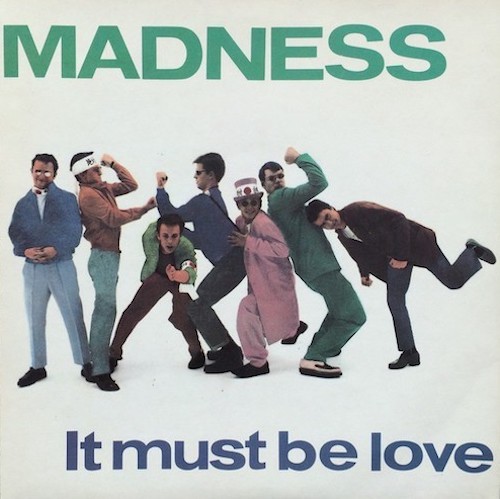
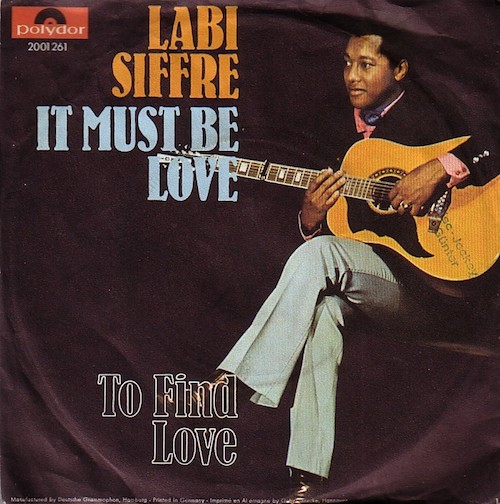

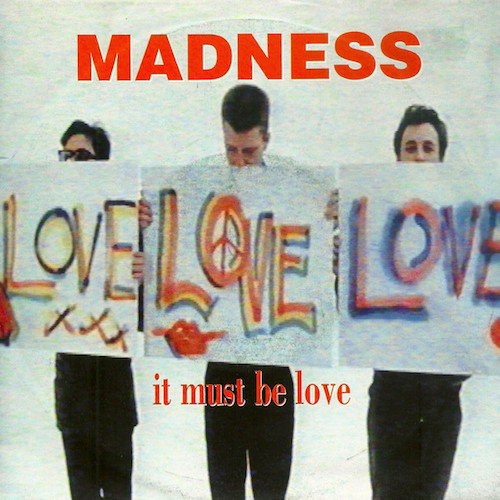
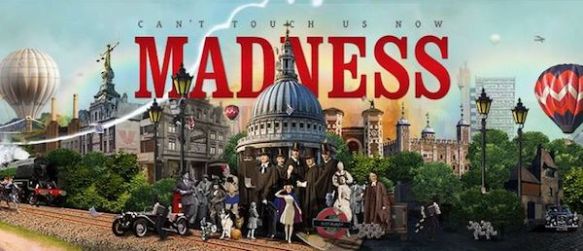
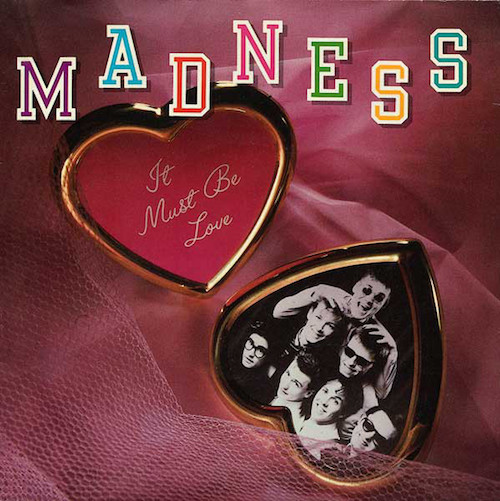
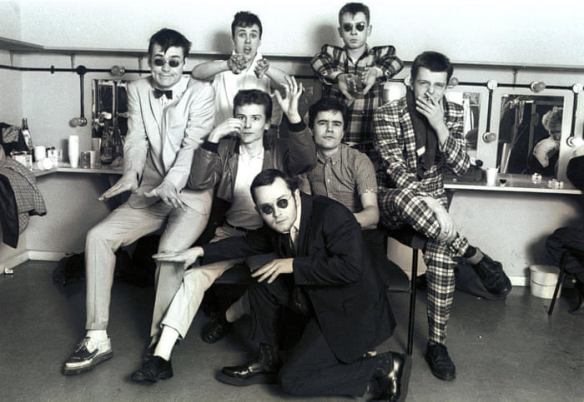

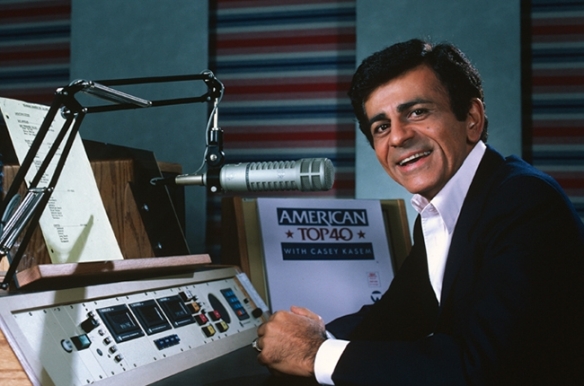

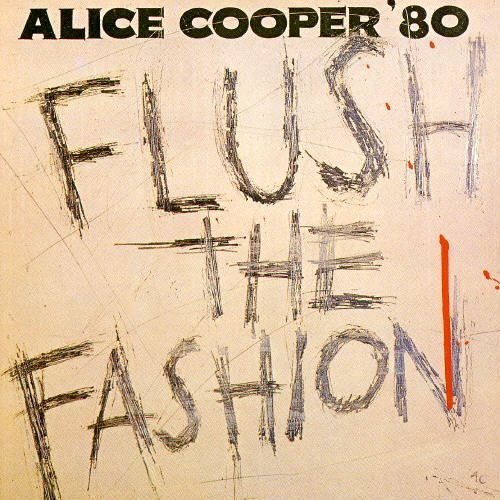

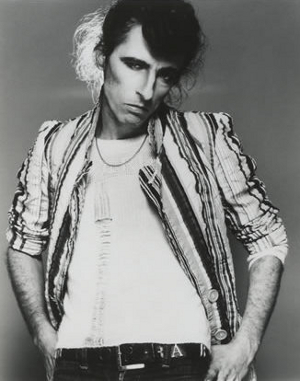

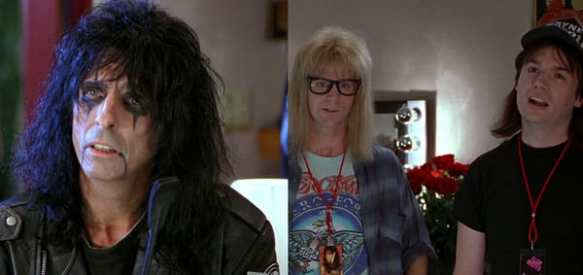

 I know for me, for many great shows on community stations like WMPG, and for shows like Barry Scott’s “The Lost 45s” and the (unrelated) STUCK IN THE 80s podcast based in Florida, I could never forget the amazing songs I loved from my youth and discovered into adulthood and beyond.
I know for me, for many great shows on community stations like WMPG, and for shows like Barry Scott’s “The Lost 45s” and the (unrelated) STUCK IN THE 80s podcast based in Florida, I could never forget the amazing songs I loved from my youth and discovered into adulthood and beyond.
 Whenever I think of “lost or forgotten” 80s singles, first I think of Barry Scott, who, for decades, has long-championed those singles from the 60s, 70s and 80s that were once hits but have been mostly forgotten by radio stations for whatever reason. His show is, appropriately titled, THE LOST 45s. Check it out at
Whenever I think of “lost or forgotten” 80s singles, first I think of Barry Scott, who, for decades, has long-championed those singles from the 60s, 70s and 80s that were once hits but have been mostly forgotten by radio stations for whatever reason. His show is, appropriately titled, THE LOST 45s. Check it out at  “Fade Away” was the second single from Bruce Springsteen’s fifth studio album (and first BILLBOARD No. 1 LP), the 2-record set, THE RIVER.
“Fade Away” was the second single from Bruce Springsteen’s fifth studio album (and first BILLBOARD No. 1 LP), the 2-record set, THE RIVER. I’ve always wondered with certain songs why they start off so strong, and then just fade away (no pun intended).
I’ve always wondered with certain songs why they start off so strong, and then just fade away (no pun intended).